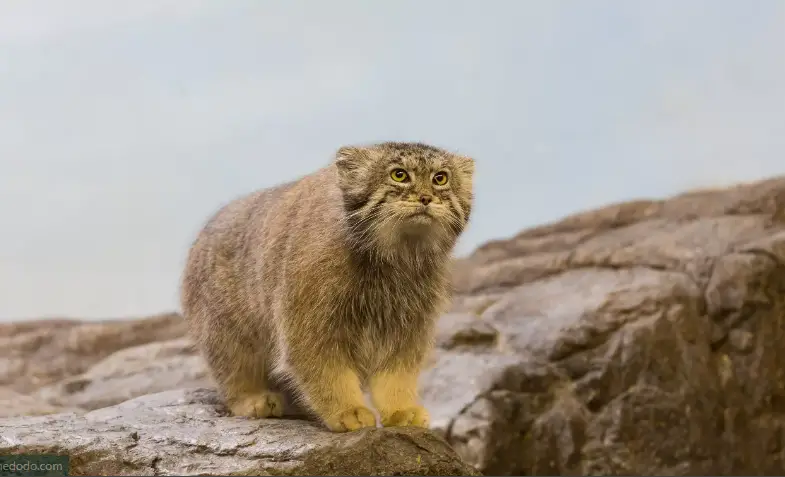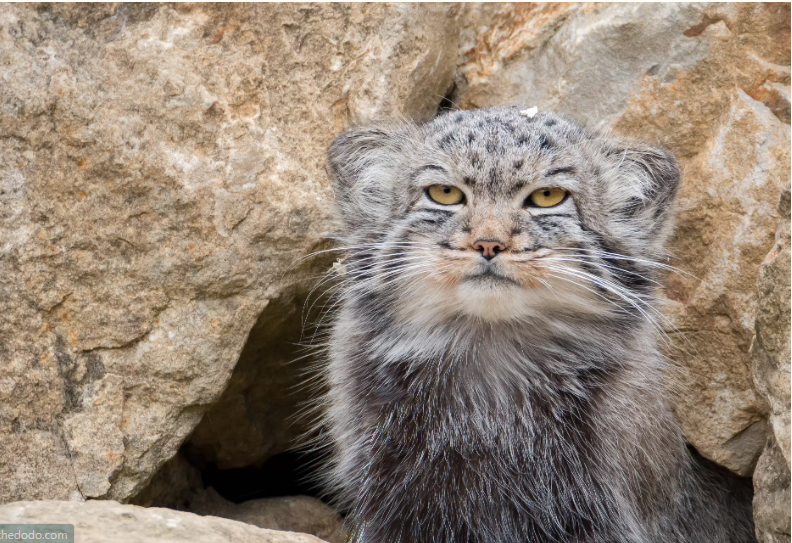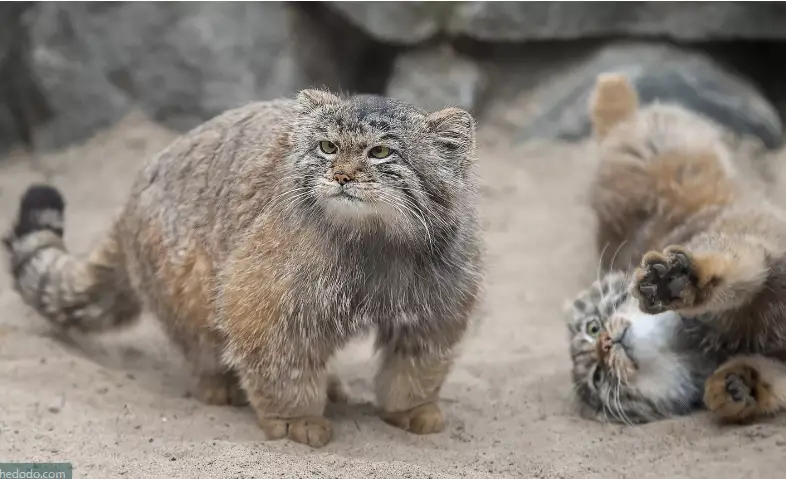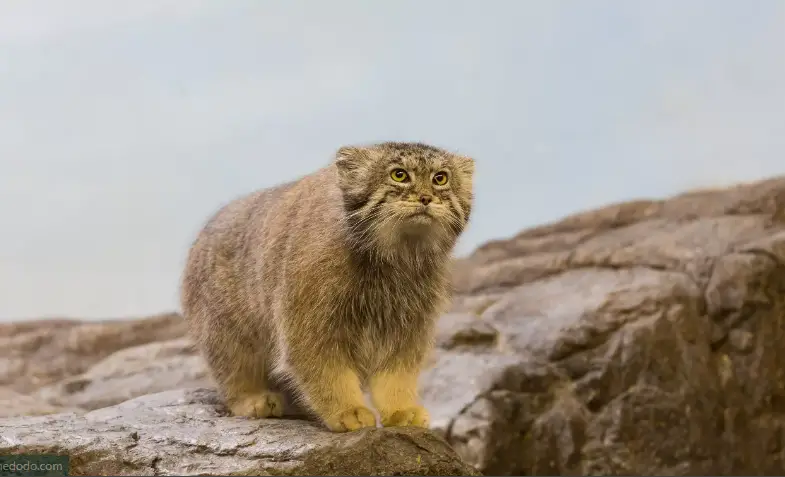Rare Cat found on world’s tallest mountain
During the year 2019, a team of scientists from eight countries carried out the most extensive expedition to Mount Everest in the Khumbu Region, Nepal. The research was conducted as a part of the National Geographic and Rolex Perpetual Planet Everest Expedition project.

According to a publication in Cat News, scientists have reported finding the initial evidence of Pallas’s cat in the Sagarmatha National Park on Mount Everest. The Pallas cat was named after Peter Simon Pallas, who described the species in 1776. Although the cat has a broad but divided distribution across Asia’s grasslands, Mongolia and Russia make up a significant portion of its range.
Dr. Tracie Seimon, who is associated with the Wildlife Conservation Society, co-led the biology field team of the Perpetual Planet Everest Expedition from April 7 to May 2, 2019. The team collected environmental samples from Mount Everest’s Southern Flank in Sagarmatha National Park. After conducting genetic analysis of the samples, the experts confirmed the existence of at least two Pallas cats on the mountain. The samples also contained DNA of pika and mountain weasel, which are significant sources of food for these cats.

Dr. Seimon expressed her excitement about discovering evidence of the rare and extraordinary Pallas’s cat at the summit of the world and called it phenomenal. She stated that the nearly four-week journey was rewarding not only for her team but also for the wider scientific community. The discovery of Pallas’s cat on Everest highlighted the extensive biodiversity of the remote high-alpine ecosystem, and its range was extended to eastern Nepal because of this discovery.

The discovery of Pallas’s cat on Mount Everest added a new species to the list of recognized mammals in Sagarmatha National Park, which is a protected World Heritage site and a popular tourist destination.
Dr. Anton Seimon, one of the study co-authors, stated that the discovery of Pallas’s cat on Mount Everest was exceptional not only from a scientific perspective but also for conservation purposes. He added that this population of Pallas’s cat is legally safeguarded under CITES, the Convention on International Trade in Endangered Species of Wild Fauna and Flora. Dr. Seimon hoped that confirming the presence of this new and charming species would raise awareness and educate people about the diverse species at this iconic World Heritage Site.

The experts highlighted that it was remarkable that Pallas’s cat went undetected in Sagarmatha National Park until 2019. They emphasized that further research is necessary to explore the population, range, density, and diet of Pallas’s cats in this region.